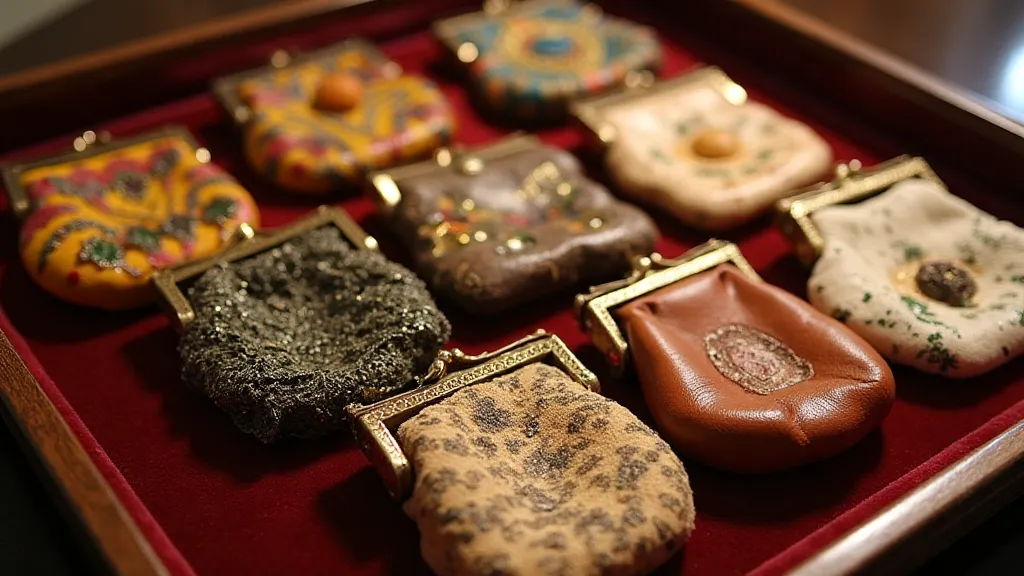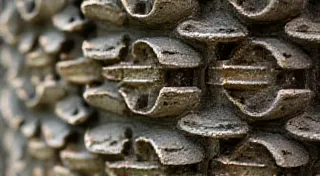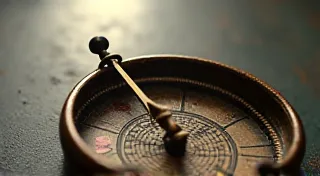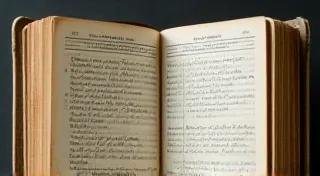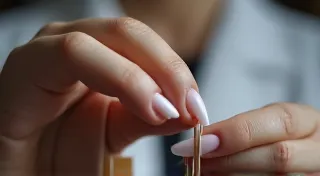The Curator's Lament: Preserving Fleeting Moments in Miniature
There’s a quiet melancholy that settles in when you spend too long examining a vintage coin purse. It's not sadness exactly, but a poignant awareness of time’s relentless march, and the fragility of the beauty we strive to safeguard. These diminutive treasures, often dismissed as mere accessories, are far more than that. They are tiny, tangible echoes of lives lived, fashion trends embraced, and a craftsmanship that feels increasingly rare in our modern age. As a collector, I often feel less like an owner and more like a temporary custodian, bound by a silent promise to care for these fleeting moments in miniature.
My fascination began with my grandmother, Elsie. I remember her pulling a meticulously crafted leather coin purse from her handbag – a deep burgundy, embossed with intricate floral detailing. It wasn’t for coins, of course; it held lipstick, a small compact mirror, and a few carefully folded tissues. It was an act of ritual, a small moment of elegance in a busy day. Later, sifting through her belongings after she passed, I found a box filled with similar treasures: celluloid novelty purses shaped like telephones, beaded evening bags shimmering with faded glamour, and a particularly charming felt coin purse depicting a whimsical scene of a carousel. Each one sparked a story, a whisper of a past I never knew.
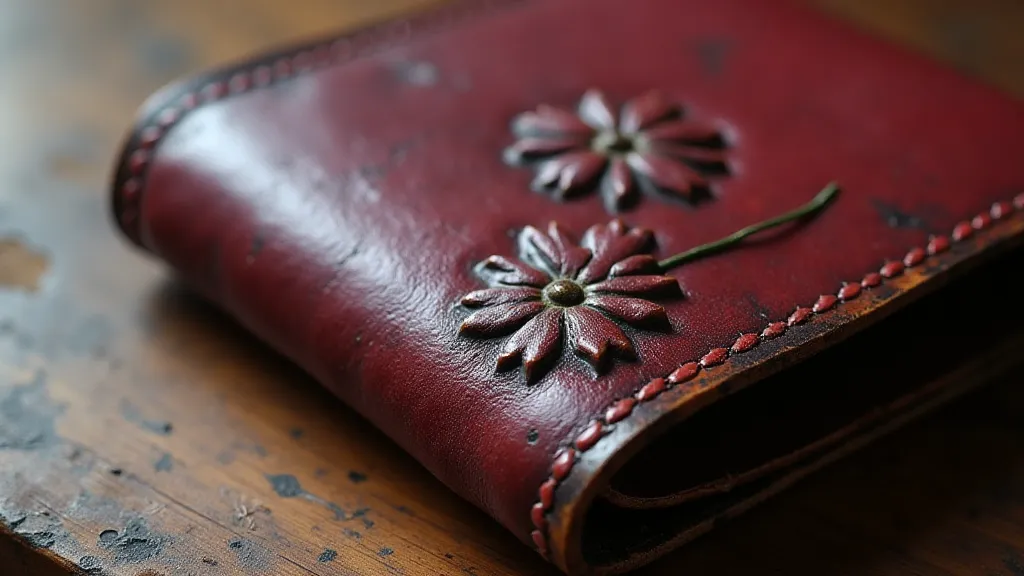
More Than Just a Container
To truly appreciate collecting vintage coin purses, one must understand their historical context. These weren't simply for holding change. In the late 19th and early 20th centuries, pockets were uncommon for women. Handbags, and their smaller, more intimate coin purses, became essential accessories, a necessity rather than a mere fashion statement. The materials used reflected the era – everything from delicate fabrics like silk and velvet to durable materials like leather, felt, and Bakelite. The craftsmanship was exceptional. Think of the hand-beading on a beaded purse, each tiny bead painstakingly sewn on, or the intricate tooling on a leather coin purse, a testament to a leatherworker's skill.
The styles themselves tell a story of evolving fashion. The Victorian era brought us coin purses adorned with elaborate embroidery and jet beads, often reflecting the somber elegance of the time. The Art Deco period ushered in geometric patterns and vibrant colors, mirroring the optimism and modernity of the roaring twenties. The post-war years saw a surge in novelty purses – playful shapes, whimsical designs, and often made from new plastics like Bakelite, reflecting a more carefree and consumer-driven society. It’s fascinating to consider how these small objects, often overlooked, can reveal so much about the broader social and economic changes of their time. The legacy of these objects feels like a pocketful of promise, hinting at dreams carried through generations and the lives intertwined with these little luxuries.
The Curator’s Challenges: Preservation and Condition
But owning these miniature artifacts comes with a weighty responsibility. Unlike larger, more substantial antiques, coin purses are inherently fragile. The materials are often delicate, easily damaged by sunlight, moisture, or simply the wear and tear of time. Celluloid can crack and become brittle. Silk can fade and unravel. Leather can dry and become stiff. Beading can loosen and fall off. The simple act of opening and closing a coin purse, even with the utmost care, can contribute to its deterioration.
It’s a constant battle against entropy. I’m not advocating for aggressive restoration; often, the signs of age – the slight discoloration, the worn edges, the fading of the beading – are part of the purse’s charm and tell a story in themselves. However, there are steps one can take to slow down the process. Proper storage is paramount. Keeping coin purses in archival-quality boxes, away from direct sunlight and humidity, can make a significant difference. Gentle cleaning with specialized cleaning cloths designed for delicate fabrics can also help remove surface dust and grime.
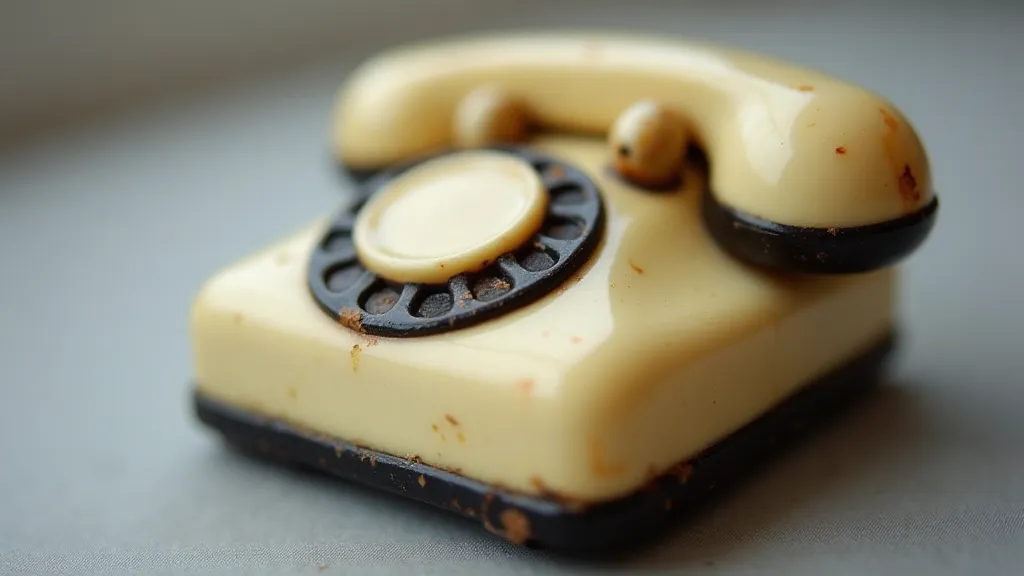
The Allure of Ornamentation
Beyond the practical aspect of preservation, there’s a certain aesthetic appeal to these objects, reflecting the period’s artistic sensibilities. Many coin purses weren't just functional; they were miniature works of art. The intricate designs, whether through elaborate embroidery, delicate beading, or skillfully tooled leather, showcase the dedication and artistry of their creators. The sheer level of detail that went into these seemingly small items truly sets them apart and underscores their value as collectible pieces. These weren’t just accessories; they were ornamental bastions of style and status, reflecting the era's obsession with beauty and elegance. The way they captured the zeitgeist is remarkable.
Ephemeral Reflections of Fortune
Examining a collection of vintage coin purses often reveals more than just fashion trends; it offers a glimpse into the economic and social landscape of the time. The materials used, the level of embellishment, and even the overall design can provide clues about the owner’s social standing and the prevailing economic conditions. For instance, the prevalence of elaborate beaded purses during periods of prosperity suggests a consumer culture driven by affluence, while the shift towards simpler, more utilitarian designs during times of economic hardship reveals a focus on practicality and resourcefulness. These little purses can serve as ephemeral glimmers, illuminating shifting fortunes and offering a poignant reminder of the cyclical nature of history. The fragility of the materials themselves mirrors the fragility of those times.
The Moral Weight of Ownership
Beyond the practical considerations of preservation and the appreciation of their aesthetic value, there’s a more profound ethical dimension to collecting these pieces. We are, in essence, holding onto fragments of other people's histories. These purses were once cherished possessions, carried close to the hearts of their owners, perhaps representing a special occasion, a loved one, or simply a small piece of personal style. The knowledge that I'm safeguarding something so personally significant carries a certain moral weight. I feel a profound respect for the people who created and owned these purses, and I want to ensure that their stories aren’t lost to time.
I rarely sell any of my coin purses. They’ve never felt like investments to me, but rather a collection of stories I’m entrusted with keeping alive. Sharing them – photographing them, researching their history, and even just admiring their beauty – feels like a way to honor that trust. It’s about more than just acquiring beautiful objects; it's about connecting with the past, appreciating the artistry of previous generations, and fulfilling the quiet promise I made to my grandmother – to care for these fleeting moments in miniature, and to ensure that their stories continue to be told.
It's a curator's lament, perhaps, but it’s also a curator’s privilege. These objects tell their own ledger of lives, with each stitch and embellishment whispering tales of the people who once held them close. It's a profound connection to the past that I deeply cherish, and a responsibility I embrace with both humility and gratitude. I find myself continually captivated by the stories that these little purses hold, and the lessons they impart about the beauty of imperfection, the importance of preservation, and the enduring power of human creativity.
